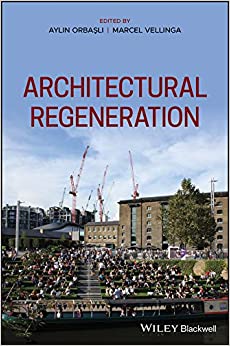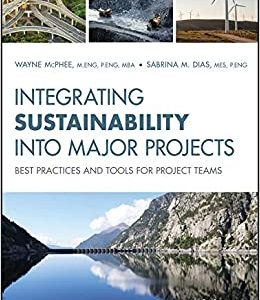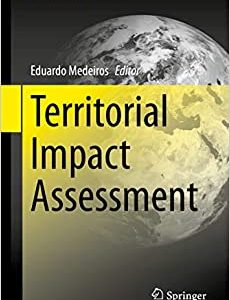A comprehensive and detailed overview of the active regeneration, rehabilitation and revitalisation of architectural heritage.
The combined processes of globalisation, urbanisation, environmental change, population growth and rapid technological development have resulted in an increasingly complex, dynamic and interrelated world, in which concerns about the meaning of cultural heritage and identity continue to grow. As the need for culturally and environmentally sustainable design grows, the challenge for professionals involved in the management of inherited built environments is to respond to this ever-changing context in a critical, dynamic and creative way.
Our knowledge and understanding of the principles, approaches and methods to sustainably adapt existing buildings and places is rapidly expanding. Architectural Regeneration contributes to this knowledge-base through a holistic approach that links policy with practice and establishes a theoretical framework within which to understand architectural regeneration. It includes extensive case studies of the regeneration, rehabilitation and revitalisation of architectural heritage from around the world. Different scales and contexts of architectural regeneration are discussed, including urban, suburban, rural and temporary.
At a time when regeneration policy has shifted to the recognition that ‘heritage matters’ and that the historic environment and creative industries are a vital driver of regeneration, an increasing workload of architectural practices concerns the refurbishment, adaptive re-use or extension of existing buildings. As a result, this book is ideal for undergraduate and graduate students of architecture, historic conservation, urban and environmental design, sustainability, and urban regeneration, as well as for practitioners and decision makers working in those fields.











